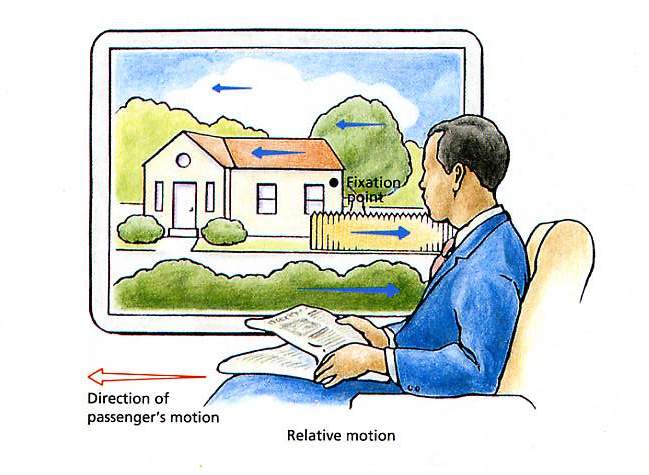So, this perhaps may be the nerdiest blog post of the year, because it deals with a really cool detail in a video game called Infamous: Second Son. In the mission, you are finding clues about a rogue character named Fetch who has special powers, because you want to find her and absorb them for your own use. Her power is the ability to manipulate neon energy for use as a weapon and a way to be very mobile throughout the city. The clue search takes you to a hideout inside an advertisement sign and here you take various photos about Fetch’s personal life. She accidentally killed her brother Brent over drug use and wants to avenge him by killing drug dealers, so one of the clues is a neon viewpoint of his face that she created. However, this viewpoint is not any regular viewpoint but actually an Anamorphic projection.
Accidental viewpoints are viewing positions that produce a regular image not seen in the real world. The way that the retinal images align in our eyes, the image appears in a way that it is not seen at other angles. This comes back to the theme that an infinite number of images in space can create the same images on our retina and in our brain at various angles and viewpoints. Now, what is seen in Infamous may not be a true Anamorphic projection, since this view is seen from above and not necessarily uses linear prospective as a monocular clue. Still, this is an accidental viewpoint and instead of the image looking normal at all other angles but one, this image looks strange at all angles but one. There are 3 separate images in different parts of the viewpoint. One is located right where the person is standing and the other two are located in spots down below on a rooftop and the street. When the main character takes the picture for the clue, he needs to move to a position where the 3 pictures align perfectly to see the normal image.
This was very awesome to see the first time playing, because immediately I recognized this as an accidental viewpoint relating to the ideas we talked about in class. It was very interesting that video game developers would use an aspect like this in a video game although it is probably much easier to produce art like this in a video game rather in real life.
Images from YouTube Video: https://www.youtube.com/watch?v=BHTTw36VQOo&list=PLs1-UdHIwbo6msTIJm0OtY_GKjt5r92AK




